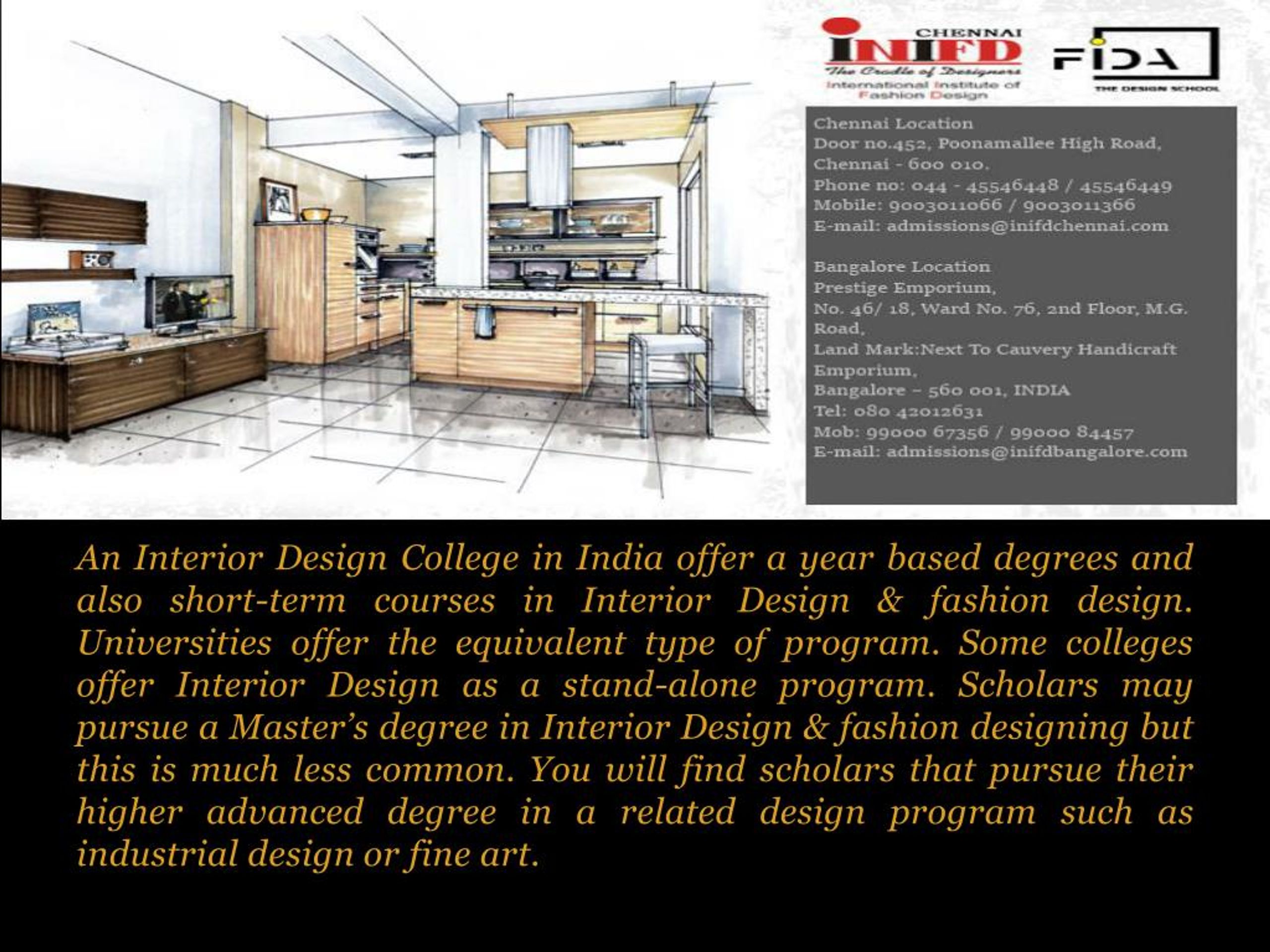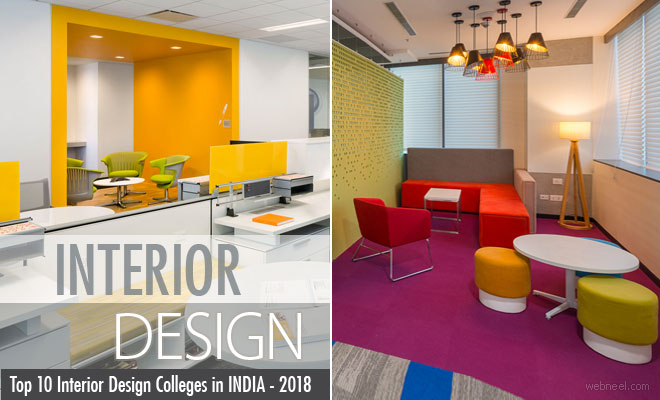Interior Design Courses In Chennai Colleges

Chennai's vibrant cityscape, a melting pot of tradition and modernity, is witnessing a surge in demand for skilled interior designers. Fueling this demand is a booming real estate sector, coupled with an increasing awareness among homeowners and businesses about the importance of aesthetically pleasing and functional spaces. This has led to a proliferation of interior design courses across various colleges and institutions in the city.
The increasing interest in interior design begs the question: Are Chennai’s colleges adequately preparing students for the challenges and opportunities of this dynamic field? This article delves into the landscape of interior design courses offered in Chennai, examining their curriculum, faculty expertise, industry collaborations, and ultimately, their success in shaping the next generation of design professionals. We’ll explore the nuances of program offerings, highlighting the strengths and potential areas for improvement, providing prospective students with a comprehensive overview to make informed decisions.
A Spectrum of Course Offerings
Chennai boasts a diverse range of interior design programs, from diploma courses to undergraduate degrees. The National Institute of Fashion Technology (NIFT) Chennai stands out with its Bachelor of Design (B.Des) in Interior Design, renowned for its rigorous curriculum and industry-focused approach.
Several other colleges, including the Madras School of Architecture and Planning (SAP), also offer comprehensive programs focusing on both theoretical knowledge and practical application. Shorter-term diploma courses, offered by institutions like Arena Animation and Lakshya Institute of Skills Training, cater to individuals seeking specialized skills or career transitions.
Curriculum and Pedagogy
The core curriculum typically encompasses design principles, space planning, materials and construction, furniture design, and computer-aided design (CAD) software proficiency. Many programs incorporate elements of sustainable design and building information modeling (BIM), reflecting the evolving needs of the industry.
Practical training is a crucial component, with studio projects, site visits, and internships providing students with hands-on experience.
“We emphasize a balance between theoretical understanding and practical application, ensuring our students are well-equipped to tackle real-world design challenges,”explains Professor Lakshmi, Head of the Interior Design Department at SAP.
However, some industry professionals express concerns about the varying levels of practical training across different institutions. A recent survey by the Indian Institute of Interior Designers (IIID) Chennai Chapter revealed that while graduates possess strong theoretical knowledge, their on-site experience often falls short of industry expectations.
Industry Interface and Faculty Expertise
Strong industry connections are vital for bridging the gap between academia and practice. Colleges that actively collaborate with design firms and architects through guest lectures, workshops, and internships tend to produce more job-ready graduates.
NIFT Chennai's reputation is partially attributed to its strong network of industry professionals who contribute to curriculum development and provide mentorship to students. The quality of faculty is another critical factor influencing the effectiveness of interior design programs.
Experienced faculty members with industry experience can provide valuable insights and guidance. However, some institutions struggle to attract and retain qualified faculty due to competitive salaries in the private sector.
The Role of Technology
The interior design profession is increasingly reliant on technology, with CAD software, 3D modeling, and virtual reality becoming indispensable tools. Colleges that invest in state-of-the-art facilities and provide comprehensive training in these technologies equip their students with a significant advantage.
Some institutions have partnered with software companies to offer certified training programs, enhancing the employability of their graduates. The integration of BIM into the curriculum is particularly important, as it allows designers to create more accurate and efficient building designs.
Chennai based interior designer Arun Kumar emphasized, "Proficiency in CAD and 3D modeling is no longer optional; it's a fundamental requirement for any aspiring interior designer."
Challenges and Opportunities
Despite the growing demand for interior designers, the profession faces several challenges, including intense competition and fluctuating market conditions. Colleges need to prepare students for these realities by fostering entrepreneurial skills and promoting a strong work ethic.
Sustainability is another area that requires greater emphasis in interior design education. Graduates need to be equipped with the knowledge and skills to design eco-friendly and energy-efficient spaces.
Looking ahead, the future of interior design education in Chennai hinges on continuous innovation and adaptation. By strengthening industry collaborations, investing in technology, and fostering a culture of creativity and critical thinking, Chennai’s colleges can play a pivotal role in shaping the future of the profession.


















